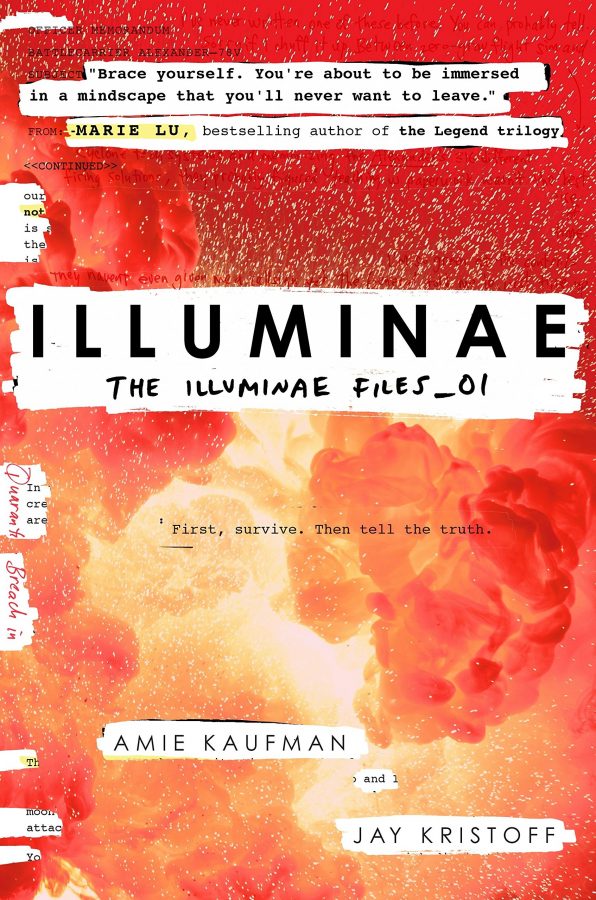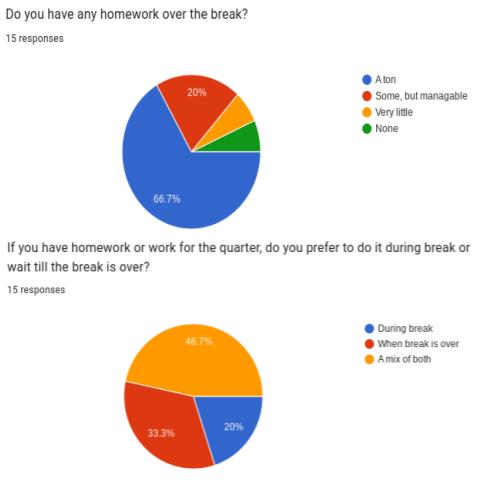By — Danny Kistner
Illuminae, a science fiction novel from New York Times bestselling authors Amie Kaufman and Jay Kristoff, has turned five years old. I remember reading the book for the first time in the eighth grade and I remember being blown away by it. In looking for something pleasing, not only for the eye, but also for the mind—and just having finished the horribly disappointing The Last Magician—I picked up this old favorite. I regret to say, however, that it didn’t exactly live up to my original standards.
The Premise
Illuminae is the first book of the best selling science fiction trilogy The Illuminae Files, written as a collection of confidential documents, records, diary entries, IMs, and video transcripts to tell the story of two teens in the year 2575. We follow Kady Grant, a pink-haired hacker and ex-girlfriend of our male lead, Ezra Miller, star athlete.
The story begins with their home planet Kerenza IV being invaded and attacked by an interplanetary super-company called BeiTech. Kerenza is, of course, owned by a competitor of theirs and is an illegal mining operation BeiTech hopes to get rid of. Unfortunately for them, three United Terrain Authorities (UTA) ships come in to save and rescue Kerenza’s inhabitants, each ship damaging the other during the attack.
Most of the book is indeed spent as a massive chase sequence; BeiTech’s dreadnaught Lincoln, hunting the UTA’s Alexander, Hypatia, and Copernicus. Each ship carrying far more people then they’re meant, with limited fuel, limited food, hit with an experimental bio weapon created by BeiTech (their true motive, as you later find out), and a malfunctioning artificial intelligence creates a host of problems for our characters, but its execution left something to be desired.
The Good
Something this book had going for it affirmingly well was the pure amount of research the authors did and utilized to make the science in this piece of fiction as realistic as it was. The acknowledgements say it all, the authors thanking medical doctors, astrophysicists, hackers, psychologists, and a number of others. It shows, too, in meticulously laid out fight scenes—soundless and brimming with action—that put Star Wars to shame. The descriptions of coding and hacking were just as realistic and as they were filled with dialogue were never as boring as they actually are in real life. Even in the events describing their bio-weapon-zombie-plague outbreak, the reader was able to tell that it had been made to be realistic.
AIDEN, the sentient A.I. was another particularly well done aspect of the book and the only likable character, if not only for its god complex and prose-filled narrative. One could very easily tell it was the work of Kristoff, the aforementioned prose bordering purple in a style very similar to his own in his Nevernight Chronicles, his high fantasy series. It was well written and not used too much more than it needed to be, which made it far less obnoxious than it could have been.
Most of the events were admittedly trope-filled, if not only for the evil, sentient A.I., then for the zombie plague (something far more ironic to read about in the midst of quarantine), but their execution wasn’t poor and it’s for that reason that most people are compelled to read on. Predictable in many cases, the snappiness of the plot and quick-fire delivery of the story, done so through the concise form of official documents and human narration, was a plus and perhaps the only thing, besides the serious research, that made this book good.
The Bad
All that research doesn’t save it from its many faults however. My biggest complaints lie in character, diversity, and dialogue. The main characters were both, for lack of a better word, boring. Both Ezra and Kady felt totally unoriginal, cardboard cutouts of OC’s you see in a thousand other pieces of fiction. Not to mention that their own personal plots and motives revolve almost exclusively around their relationship, the eventual usage of it as a plot device only furthering the fact that Kaufman and Kristoff wanted to tell a story and didn’t think about how to make likable characters do exactly that.
It stilts the story, almost as much as the dialogue does with colloquialisms that are far from tasteful, some being appropriated from AAVE and considering the lack of diversity, it makes one that much more uncomfortable while reading. Words like “fem” to refer to women or “chum” were clunky, and used so frequently that it became annoying. In fact, this wouldn’t have been hardly as large of a problem if the humor didn’t exclusively surround sexual jokes, drawing more attention to these specific faults.
Diversity lacks, not only in terms of people of color, but also in regards to the LGBTQ+ community. All of the characters are straight and cis, slang reinforcing gender roles that the authors assume would be exactly the same five centuries from now. This isn’t a new concept either, especially with far more representative sci-fi books having come out like The First Sister by Linden A. Lewis and even more disappointing with works like Cemetery Boys by Aiden Thomas making trans history on the NYT bestseller list.
The Movie
The film was announced almost in the same year as the book and is a project that is to be taken up by Brad Pitt’s production company at Warner Bros. Five years later, though, and with the coronavirus still raging, I doubt it’s going to be coming any time soon. All I can hope for is more diversity and far more compelling characters. It has the potential to top charts, but it’s not going to get there as it is, especially not in 2020.
Overall — 3/5 Stars






